|
|
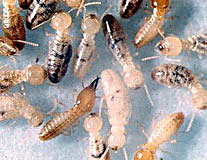 |
The common name for
numerous species of social insects that can damage wooden
structures such as furniture or houses. Of about 2000 known
species, most are distributed in tropical countries and some
inhabit the temperate regions
.
Termites
are sometimes referred to as 'white ants' because of their
creamy coloring and ant-like appearance. There are over 350
species of termites in Australia of which some 20 species can
damage timber in houses. In nature, they assist in the
recycling of organic matter and nutrients back to the soil.
|
|
|
|
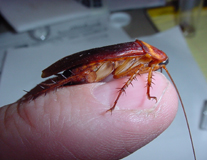 |
There
only 6 families of cockroaches found worldwide,
consisting of 4000 species. Australia has representatives of 5
of these families but with only 428 species present. Half of
a the cockroaches in Australia can be found in the
Blattidae family which includes both the native and
introduced species. Go to our links section to find out more
about the families of cockroaches.
|
|
|
|
 |
Spiders are invertebrates with a two part body (cephalo thorax
and abdomen), biting chelicerae and silk glands that discharge
through spinnerets. They have 4 pairs of legs and additional
pair of short appendages (pedipalps) beside the chelicerae.
Eight is not only the number of legs spiders have. The
original spiders and most still have eight eyes and if that is
not enough spiders still live today which have the original
complement of eight spinnerets.
|
|
|
|
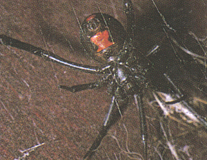 |
Almost
too familiar to need description, mature female redbacks are
jet black spiders with a variable red stripe on the back of
their spherical abdomen. Their tough, untidy webs are usually
near the ground with the spider hiding in a shelter in a
corner, often guarding her round woolly egg sacs. Immature
females are smaller, usually brown with whitish markings.
Males are rarely seen; they are small and brown with red and
white markings.
|
|
|
|
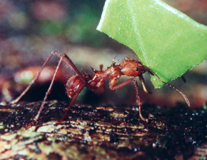 |
Ants are social insects which
live in nests. The nests vary in size depending on their age
and the species of ant. They are generally found in the
ground, in wood or under rocks, although ants can also nest in
walls, fireplaces, under paths and in buildings. They are most
active from October to March. Ants are a very successful
insect group with over 1200 species occurring in Australia.
All species can be beneficial to the environment. Some eat
insect pests such as termites, their nests improve the soil,
they quickly recycle nutrients back into the soil and they are
food for a wide range of native birds, reptiles and other
small animals.
|
|
|
|
 |
Red
Imported Fire Ant, Solenopsis invicta, is a serious
new pest which has been detected in Queensland, Australia.
They inflict a painful sting and if not eradicated will
seriously affect our lifestyle. They are the greatest
ecological threat to Australia since the introduction of the
rabbit and are potentially worse than the cane toad.
|
|
|
|
 |
In Australia, a number of rodent
species are agricultural pests. Two species, the house mouse (Mus
domesticus) and black rat (Rattus rattus), were
introduced around the time of European settlement. House mice
are found throughout agricultural cropping areas, and around
sheds and houses. When conditions are favourable, their
numbers can increase to plague levels. Black rats are found
throughout temperate and tropical Australia in human-modified
environments. |
|
|
|
 |
There are 16 different families of fleas worldwide,
consisting of about 2380 species. In Australia 9 of these
families are represented with just 90 different species.
About half of the endemic species that occur in Australia
are found in the Pygiopsyllidae family. The Pulicidae family
contains many of the introduced fleas such as the cat, dog
and human flea, as well as some native species. Go to our
links section to find out more aboutout more about the
different families of fleas.
|
|
|
|
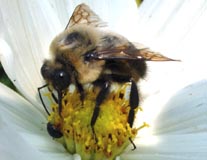 |
Bees belong to the insect Order
Hymenoptera, which includes wasps, ants and sawflies. In
Australia there are four main bee families: Apidae,
Colletidae, Halictidae and Megachilidae. Many of these bees
are solitary nesters, while others may share a nest. Others
are fully social species. Although some bees sting, they are
not considered to be pests as they play an important role in
the Australian environment as key pollinators of many native
plant species. |
|
|
|
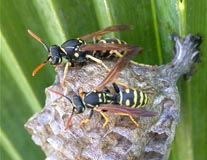 |
Wasps are a diverse group of
insects. In Australia alone there are over 12,000 species,
ranging from the tiny diapriid wasps, which are barely visible
to the naked eye, to the spider and cicada-killer wasps,
capable of taking large prey. Most wasps have carnivorous
larvae that feed on other insects and spiders. The adults
provide food for them by capturing prey or by laying the egg
on or near the food source, which might be an egg, larva or
pupa of another insect. |
|
|
|
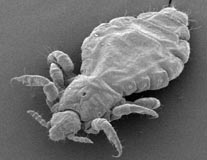 |
Lice are small, wingless insects that are parasites of birds
and mammals. They are usually less than 10 millimetres in
length and are rarely seen without the aid of a microscope
or magnifying glass. Lice are short lived and usually host
specific.
A few species of lice have adapted to
live and feed on humans, such as the head louse (Pediculus
capitis), the eggs of which are commonly called nits and
the body louse (Pediculus humanus).
|
|
|
|
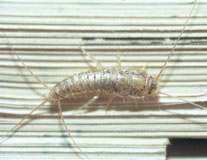 |
There are only 4 families of silverfish found worldwide,
consisting of about 370 species. In Australia just 2 of
these families are represented with 28 species present.
The 2 Australian families are easily separated from others
found throughout the world as the Nicoletiidae family are
eyeless and the Lepismatidae have only small compound
eyes. Go to our links section to find out more about about
the families of silverfish.
|
|
|
|
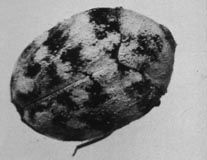 |
Carpet
beetles damage fabrics, furnishings and clothing that contain
wool, silk, hair, bristles, fur, or feathers. Synthetic items
are resistant to attack, but mixtures of synthetic and natural
fibres can be damaged. The natural habitats of carpet beetles
are nests of birds, rodents, insects, and spiders. The beetles
are pollen feeders and can be found in large numbers in
flowers; they can be brought into the house in cut flowers.
|
|
|
|
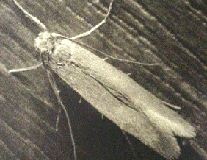 |
Although less common than carpet beetles, clothes moths are
commonly experienced in similar environments to carpet
beetles, namely woollen materials, felt, fur and other
materials of animal origin.
The two most common species of
clothes moths are the case making clothes moth (Tinea
pellionella) and the common clothes moth (Tineola
bisselliella).
|
|
|
|
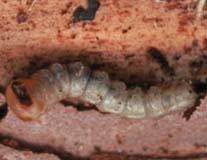 |
Wood
borer are insects which damage wood by tunnelling at the
larval (grub) stage for food or leaving an emergence hole on
the surface of the wood after becoming an adult (beetle).
These emergence holes ('pin holes') are quite visible and
are usually the first signs of an active infestation of wood
borer
|
|
|
|
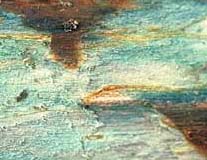 |
The
fruiting bodies of wood decay fungi vary in size, shape and
colour. The type of fungi encountered by building inspectors &
pest controllers usually reside in poorly ventilated
sub-floors, below wet areas of the home, exterior timbers and
in areas that retain water in the soil. The durability and
type of timbers are factors along with the temperature and
environment. Destruction of affected timbers varies with the
symptoms involved.
|
|
|